Species Photo Gallery for Smilia fasciata No Common Name 26 |
 | Photo by: Scott R Bolick
Forsyth Co.
Comment: | 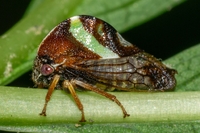 | Photo by: Scott R Bolick
Forsyth Co.
Comment: |
 | Photo by: Scott R Bolick
Forsyth Co.
Comment: | 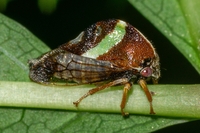 | Photo by: Scott R Bolick
Forsyth Co.
Comment: |
 | Photo by: Ken Kneidel
Mecklenburg Co.
Comment: came to UV light at night set up on the edge of an athletic field, suburban forest nearby | 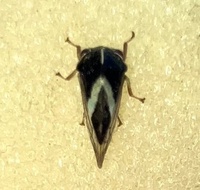 | Photo by: Ken Kneidel
Mecklenburg Co.
Comment: came to UV light at night set up on the edge of an athletic field, suburban forest nearby |
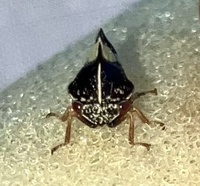 | Photo by: Ken Kneidel
Mecklenburg Co.
Comment: came to UV light at night set up on the edge of an athletic field, suburban forest nearby |  | Photo by: Erich Hofmann, David George, Rich Teper, Jeff Niznik
New Hanover Co.
Comment: |
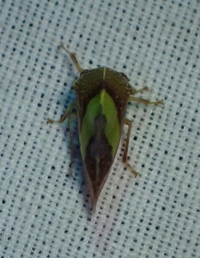 | Photo by: Erich Hofmann, David George, Rich Teper, Jeff Niznik
New Hanover Co.
Comment: | 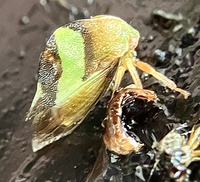 | Photo by: Ken Kneidel
Mecklenburg Co.
Comment: stuck in Tanglefoot on a tree band on oak, alive |
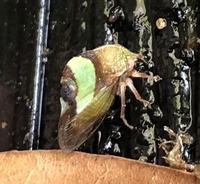 | Photo by: Ken Kneidel
Mecklenburg Co.
Comment: alive female stuck on a tree band | 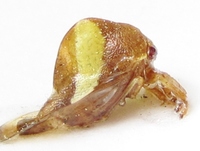 | Photo by: Ken Kneidel
Mecklenburg Co.
Comment: stuck on a tree band on Quercus phellos; the 5 individuals were seen among roughly 50 trees checked |
 | Photo by: Rob Van Epps
Mecklenburg Co.
Comment: Came to UV light. Suburban yard near woods. | 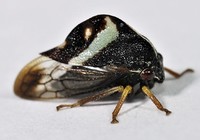 | Photo by: Rob Van Epps
Mecklenburg Co.
Comment: Came to UV light. Suburban yard near woods. |
 | Photo by: Rob Van Epps
Mecklenburg Co.
Comment: Came to UV light. Suburban yard near woods. | 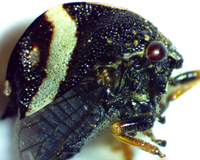 | Photo by: Ken Kneidel
Mecklenburg Co.
Comment: male, on Willow Oak, Quercus phellos, stuck in Tanglefoot on a tree band, others of both sexes nearby to be submitted separately |
 | Photo by: Ken Kneidel
Mecklenburg Co.
Comment: 6.5 mm stuck in Tanglefoot on oak tree band | 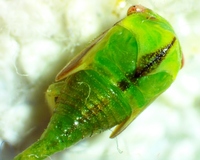 | Photo by: Ken Kneidel
Mecklenburg Co.
Comment: 6.5 mm stuck in Tanglefoot on oak tree band |
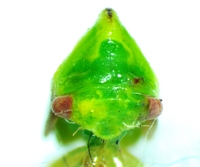 | Photo by: Ken Kneidel
Mecklenburg Co.
Comment: 6.5 mm stuck in Tanglefoot on oak tree band | 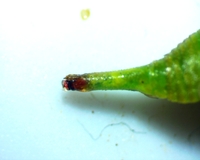 | Photo by: Ken Kneidel
Mecklenburg Co.
Comment: 6.5 mm stuck in Tanglefoot on oak tree band |
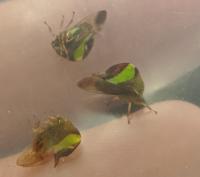 | Photo by: Andrew Pfeifer
Wake Co.
Comment: day | 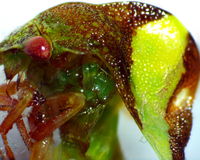 | Photo by: Ken Kneidel
Mecklenburg Co.
Comment: female on a tree band on oak |
 | Photo by: B. Bockhahn
Rockingham Co.
Comment: MARI | 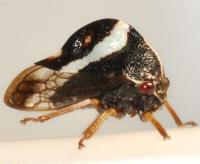 | Photo by: Stan Giliam
Guilford Co.
Comment: |
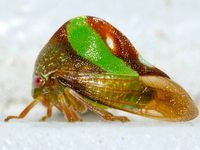 | Photo by: David Guzman
Wake Co.
Comment: |  | Photo by: Kyle Kittelberger
Wake Co.
Comment: mixed hardwood forest habitat |
|

 »
»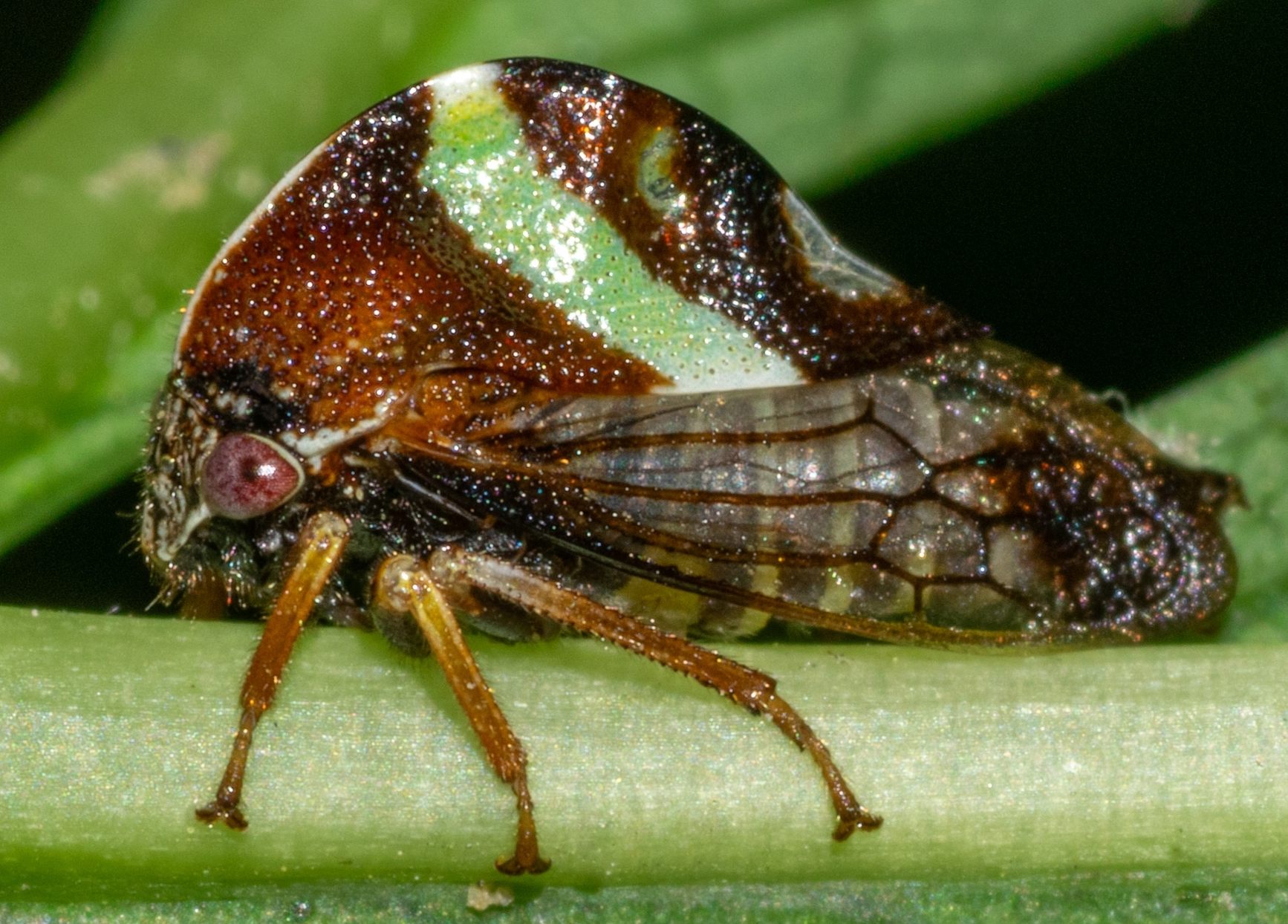
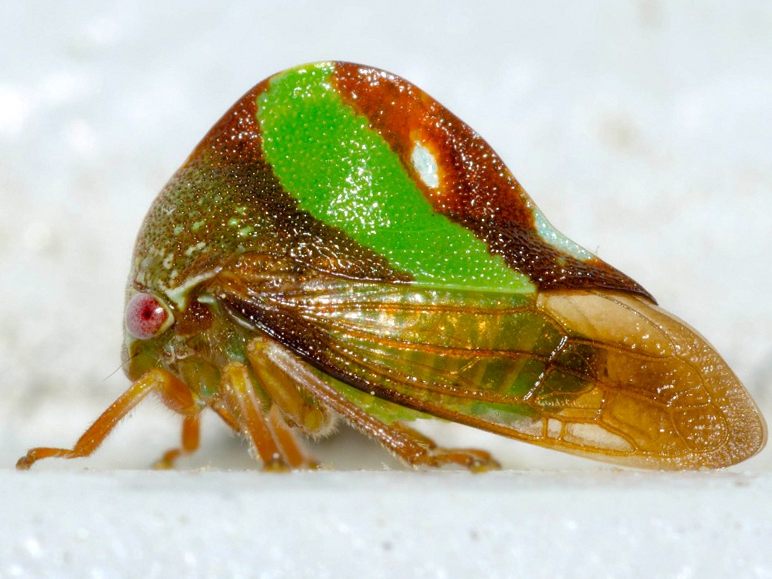
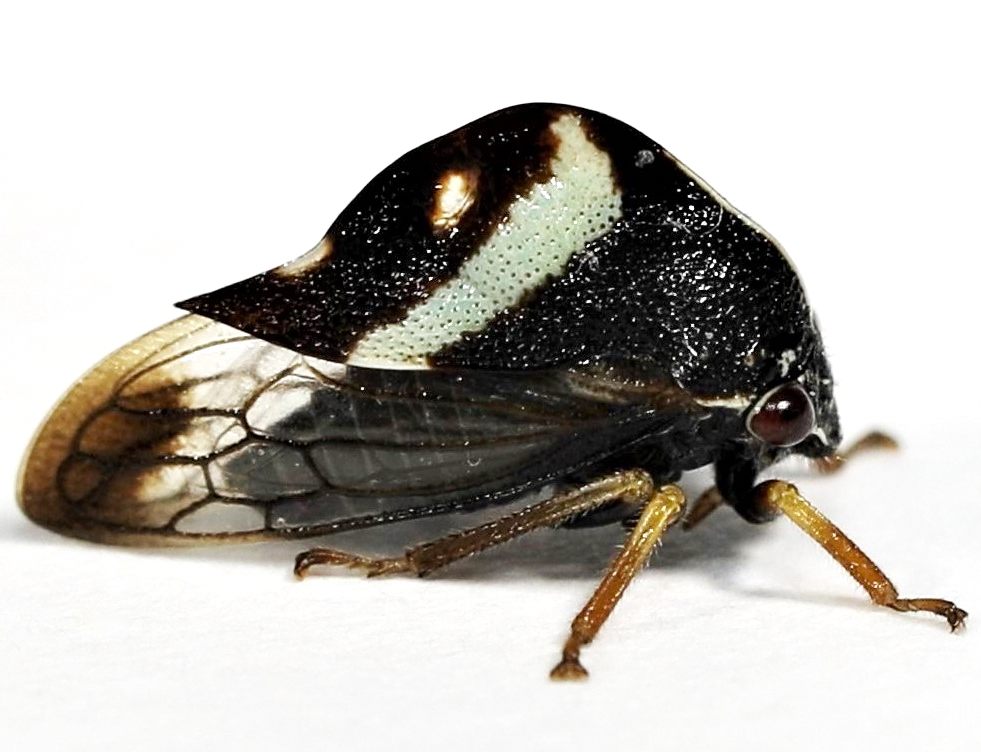

 »
»

